Breakfast with Santa




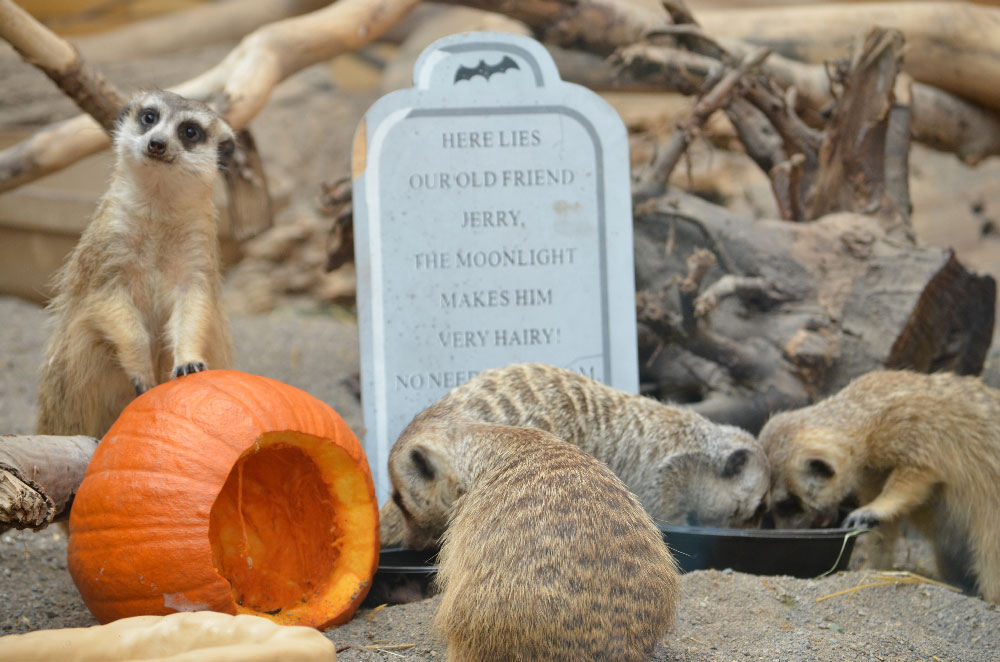

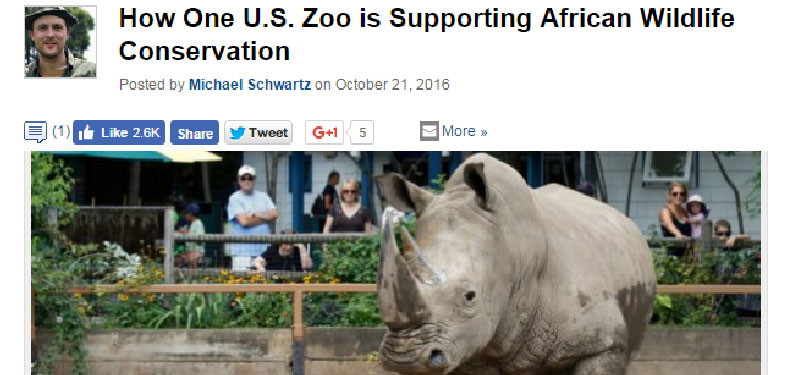

National Geographic recently highlighted the Zoo’s conservation efforts for African species on its Voices blog.
Read more about what we’re doing for rhinos, lions, and elephants in the full story here.


The leaves are changing, the days are getting shorter, and the Zoo’s African animals are thriving!
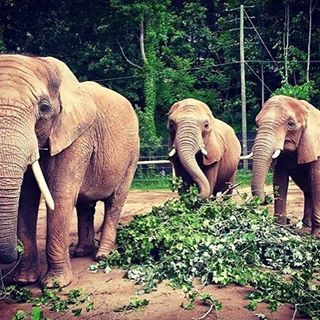

It is well known that the African continent is capable of reaching extremely high temperatures, and its inhabitants are well adapted to the heat. However, the temperature can significantly drop during the night hours and winter months. For this reason, our animals are well equipped for the fall season here in Rochester.
Our resident elephants Moki, Chana, Genny C, and Lilac appreciate the changing leaves in a different way than most guests—they eat them. The elephants are provided with browse several times a week in order to promote natural feeding behaviors such as using their toenails, trunks, and tusks to snap small sticks and peel the bark off larger ones.
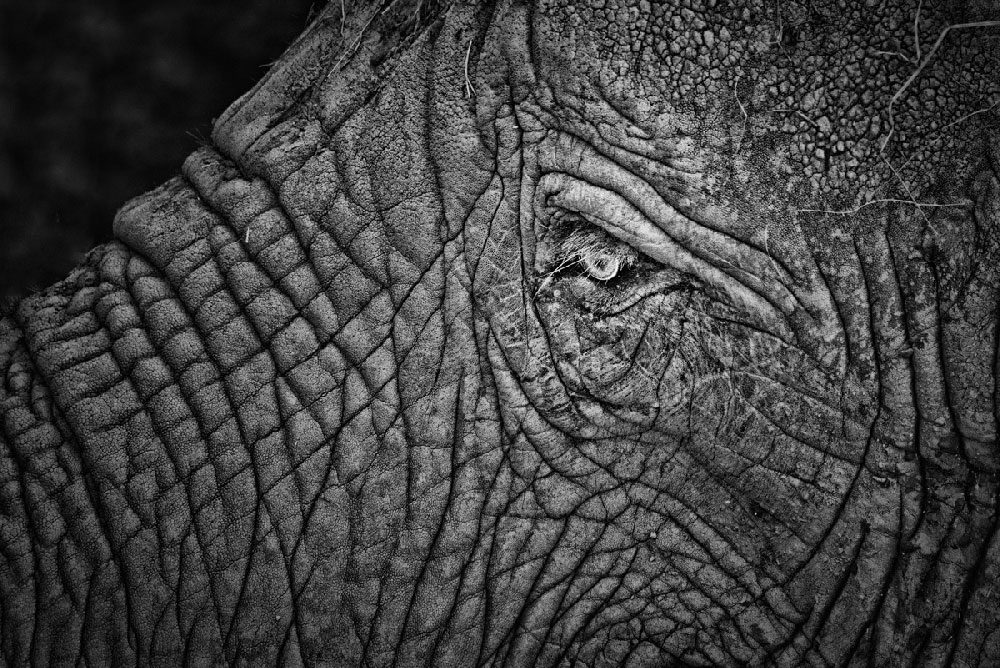

Ever wonder why an elephant’s skin is covered in wrinkles? The wrinkles increase the surface area on their body making it easier to soak up the sun and stay warm on cooler days.
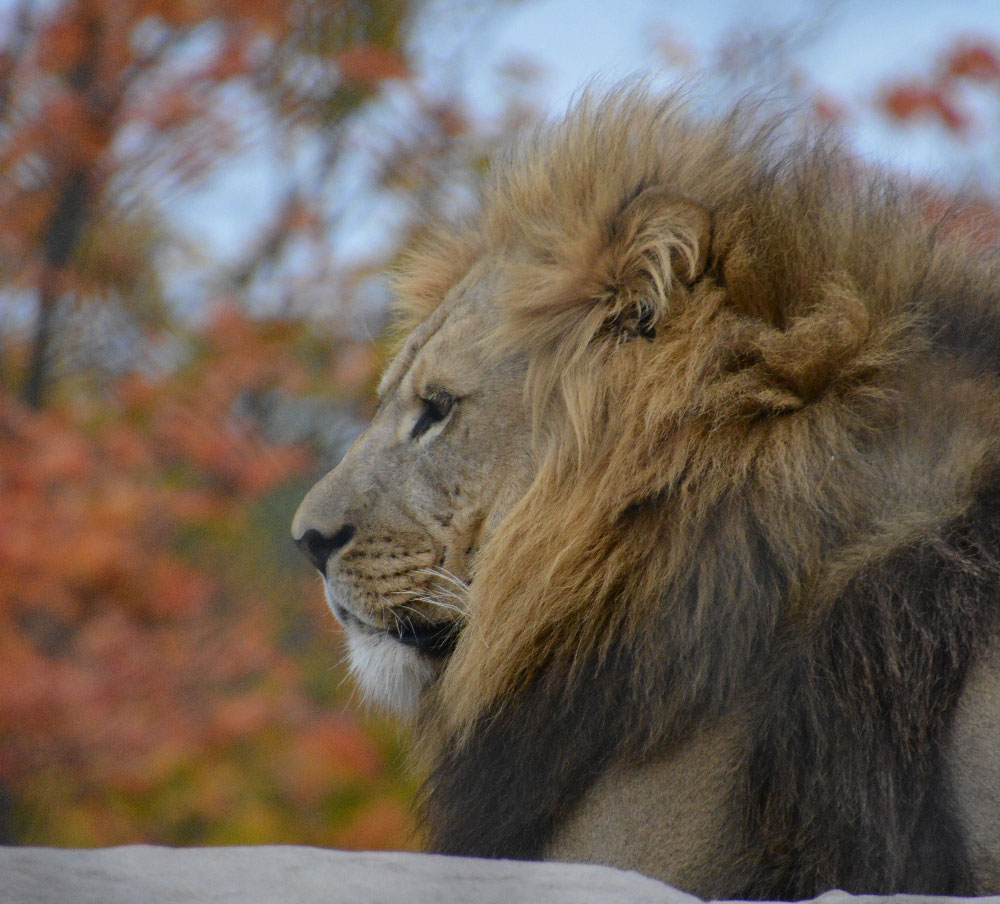

The Zoo’s pride of lions is also taking advantage of the cooler climate by becoming more active. By nature, these large predators are most active at dawn and dusk, usually retiring to relax and nap in the shade during the heat of the summer.
Come fall, guests may notice an increase in their activity level throughout brisk days, making their interaction with keepers and enrichment items, such as pumpkins, even more enjoyable to watch.
The keepers at Seneca Park Zoo work hard to ensure that our animals’ lives are stimulating, and like the seasons, always changing, no matter what time of year it is.— James Weinpress, Zoo Keeper
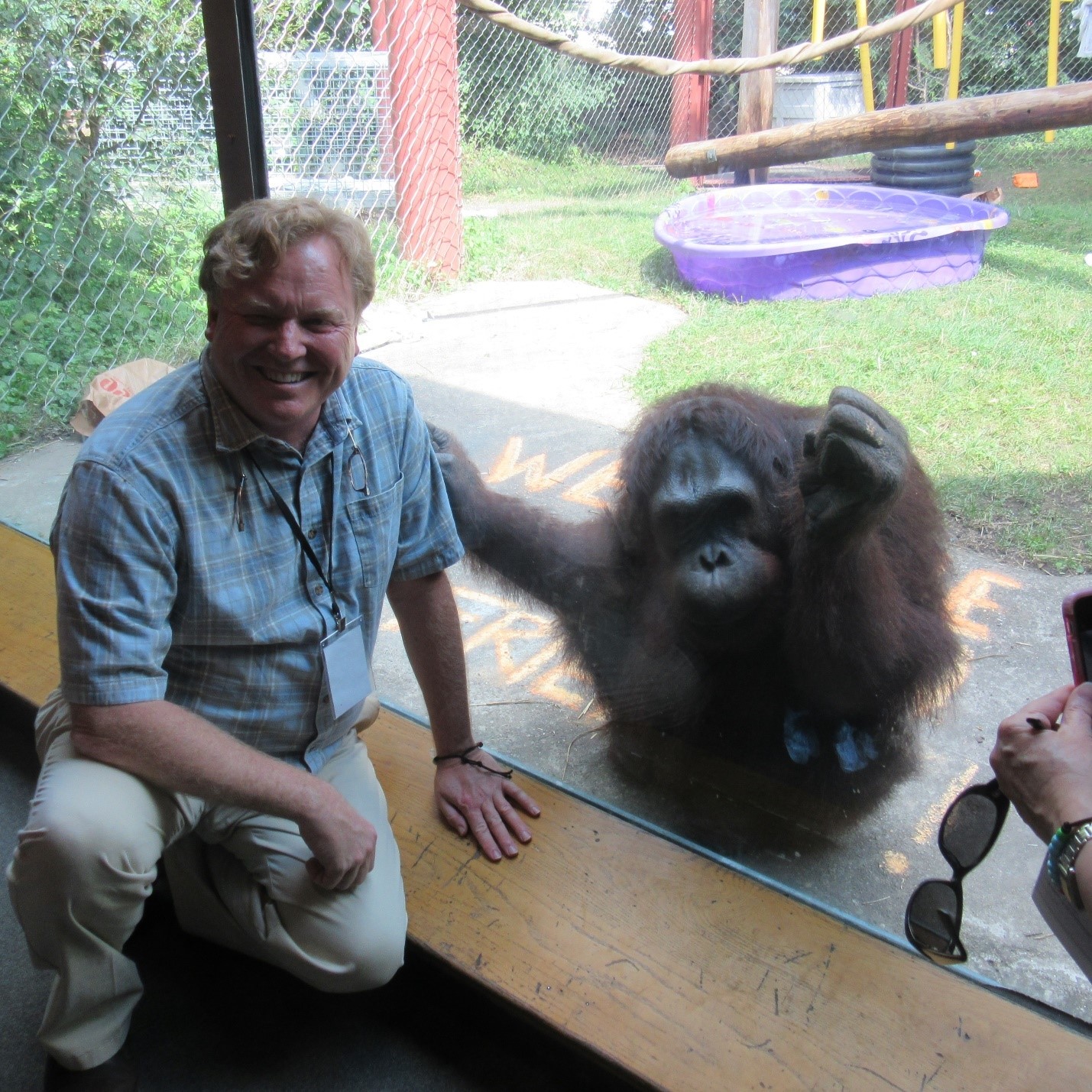

Species Survival Plans (SSPs) are cooperative animal management and conservation programs for endangered species in zoos and aquariums in North America; Seneca Park Zoo participates in many SSPs for endangered species, including orangutans. In August, I was fortunate enough to attend the annual Orangutan Species Survival Plan conference along with the Zoo’s Director of Animal Health and Conservation Dr. Jeff Wyatt. The conference was hosted by The Henry Vilas Zoo in Madison, Wisconsin.
Like Seneca Park Zoo, the Henry Vilas Zoo is home to Bornean orangutans. The male is Datu, who is the son of Kumang and her previous mate, Lowell. Datu was born here at Seneca Park Zoo in 2004, and in 2011 he was sent to Henry Vilas Zoo for recommended breeding with Kawan. During his time here in Rochester, Datu formed close relationships with his keepers and with Dr. Wyatt, who has maintained positive relationships with the orangutans by visiting them frequently just to say hello or to participate in a training session, making his veterinary work less intrusive.Part of the conference included a visit to the Henry Vilas Zoo. Dr. Wyatt was looking forward to seeing Datu, whom he hadn’t seen in years. When our group arrived at the orangutan exhibit, there was Datu, sitting in the grass, not paying particular attention to any of the visitors. That changed as soon as he heard Dr. Wyatt’s voice. Datu sat straight up and zeroed in on where the voice was coming from. He moved right up to the front of the exhibit, staring at Dr. Wyatt.
Dr. Wyatt was so happy to see that Datu remembered him, and the people around us were amazed at the strong reaction he had. After a few moments of Dr. Wyatt speaking in a friendly voice to a totally engaged Datu, we moved inside to the viewing glass. Datu of course followed, and when Dr. Wyatt kneeled down at the glass, Datu came right up and greeted him by rubbing his shoulder on the glass at him, similar to what a cat might do. Datu then put his hands on the glass and sat face to face with Dr. Wyatt. It was a very touching moment for them both as well as everyone watching.
Dr. Wyatt was able to spend about 20 minutes hanging out with Datu before reluctantly leaving to catch a flight, but it was obvious this visit meant a lot to both of them, and I’m so glad I was there to see it.There’s something special about orangutans: they are so similar to us in so many ways. Not just because we share 97% of the same DNA, but because like us, they also have moods, emotions and their own personalities and thoughts. As zoo professionals, we learn not to treat the animals we care for as pets, but there are often close bonds formed with these animals when you work for them and care for them on a daily basis. I’ve seen and experienced many examples during my career, but the one I saw between Dr Wyatt and Datu is my most memorable one by far.The keynote speaker at the Orangutan SSP conference this year was Dr. Graham Banes, a noted field researcher, genetic researcher, and an expert on orangutans in general. Dr. Graham spoke on several topics, but the one that had the most impact on me was the story he told of his visits to China. He was hired by the Chinese government as a consultant for a proposed DNA research lab, and being an animal person, he started visiting any and every Chinese zoo he came could find. Dr. Banes found that Chinese zoos were somewhat behind the times compared to most zoos elsewhere in the world. Digging a little deeper, he found out why.
Due to China’s lack of free flowing information via the internet or in printed form, they have not been able to benefit from the collaboration between zoological institutions which has led to increasingly better conditions for animals worldwide during the last several decades. Dr. Graham started to form relationships with the zoo directors he met and advised them on how they could improve conditions in their own zoos. His enthusiasm and love for animals no doubt helped inspire Chinese zoo officials to do better, and they have started to make some real progress.Dr. Graham informed us that after our conference he was heading back to China for a meeting with 122 zoo directors from all over China to discuss enrichment ideas, especially those zoos that exhibited orangutans–at least 20 by his count. He asked us to send him any interesting orangutan enrichment videos he could share with the Chinese. I have some footage of our three orangutans working away with sticks at their “termite mound” (I usually use sugar free jello!) and I sent it to him the next day. Dr. Graham got back to me and said he really liked the video; do I have any details on how to build one? Our termite mound was built for us as an Eagle Scout project, and we used detailed plans provided by the Honolulu Zoo on their website. I sent him the link so he could copy the plans, he thanked me and headed off to China the next day.–Brian Sheets, Zoo Keeper


Last week, the Seneca Park Zoo Society hosted Dr. Drew Lanham–conservationist, professor, author, and activist–for several days of talks and activities about nature and race in Rochester.
Dr. Lanham has delivered talks on this subject internationally and advocates for a more democratic and artistic approach to environmentalism, especially in activities such as bird watching.
In his video manifesto Rules for the Black Birdwatcher Lanham laments the dearth of black birdwatchers: “When I meet another black birder, it’s like encountering an ivory-billed wood-pecker—an endangered species. Extinction looms.”
His advocacy work, research, and writing are about finding solutions to this inequity through open conversation. His new memoir The Home Place: Memoirs of a Colored Man’s Love Affair with Nature is an affecting exploration of what it means to be a person of color in love with nature.
Lanham holds a BA and MS in Zoology and a PhD in Forest Resources and is an Alumni Distinguished Professor of Wildlife Ecology at Clemson University.
On Monday, Dr. Lanham first met with staff from the Seneca Park Zoo Society for an informal lunch discussion, considering topics like the challenges modern Zoos face in drawing young and urban audiences.
Later in the afternoon, he met with undergraduate students from Rochester Institute of Technology and talked with them about pursuing careers about which they are passionate. Thanks to the RIT Office of Diversity and Inclusion for making the conversation possible.
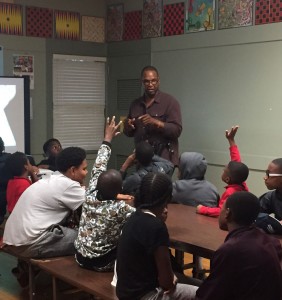

On Tuesday, Dr. Lanham traveled to several schools in the area, including World of Inquiry, School Without Walls, and Nathaniel Rochester Community School. At Nathaniel Rochester Community School, he offered a large group of students simple advice on how to become scientists at heart: make observations. Noticing interesting things and thinking about why they interest you, he said, are great ways to discover what you want to do with your life. Comparing potential obstacles in the course of students’ education to the perseverance of the birds he studies, he told them: “If you were a warbler you’d still be flying. You’ve got somewhere to be.”
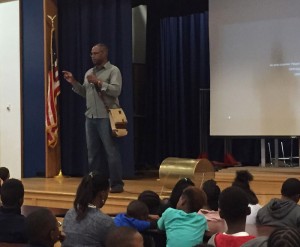

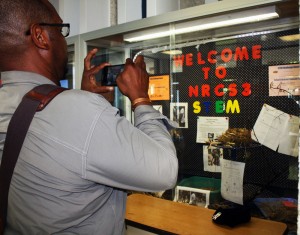

Later that afternoon, Dr. Lanham and Zoo Society Executive Director Pamela Reed Sanchez were guests on the radio program Connections with Evan Dawson on WXXI. They discussed the memoir, finding nature in the inner city, and more.
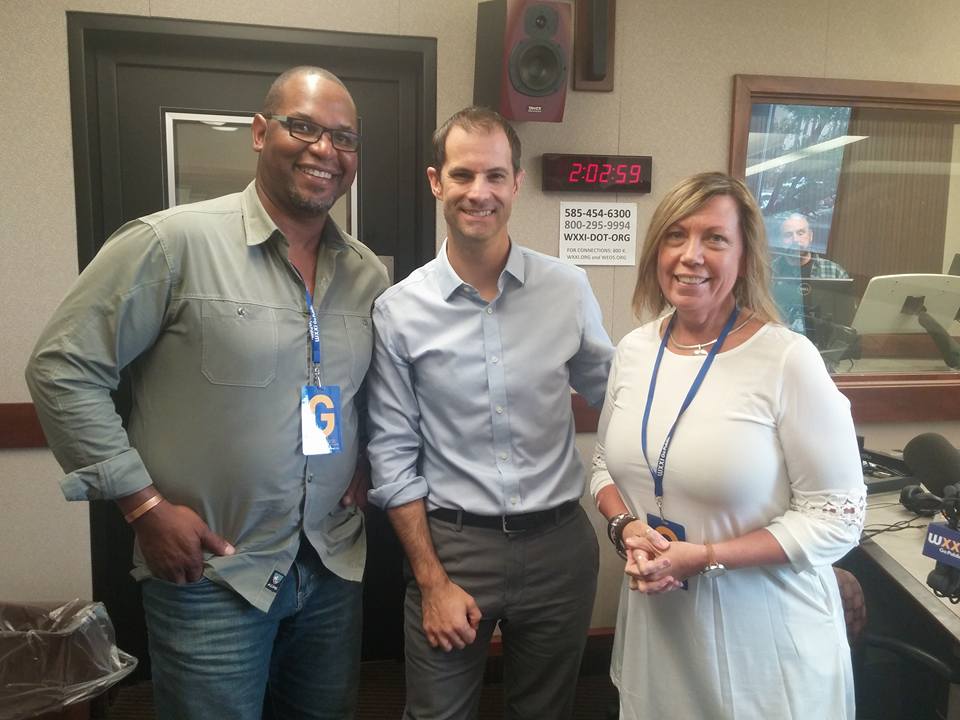

Listen to their conversation: WXXI Connections: Bringing Diversity Into Conservation and Nature
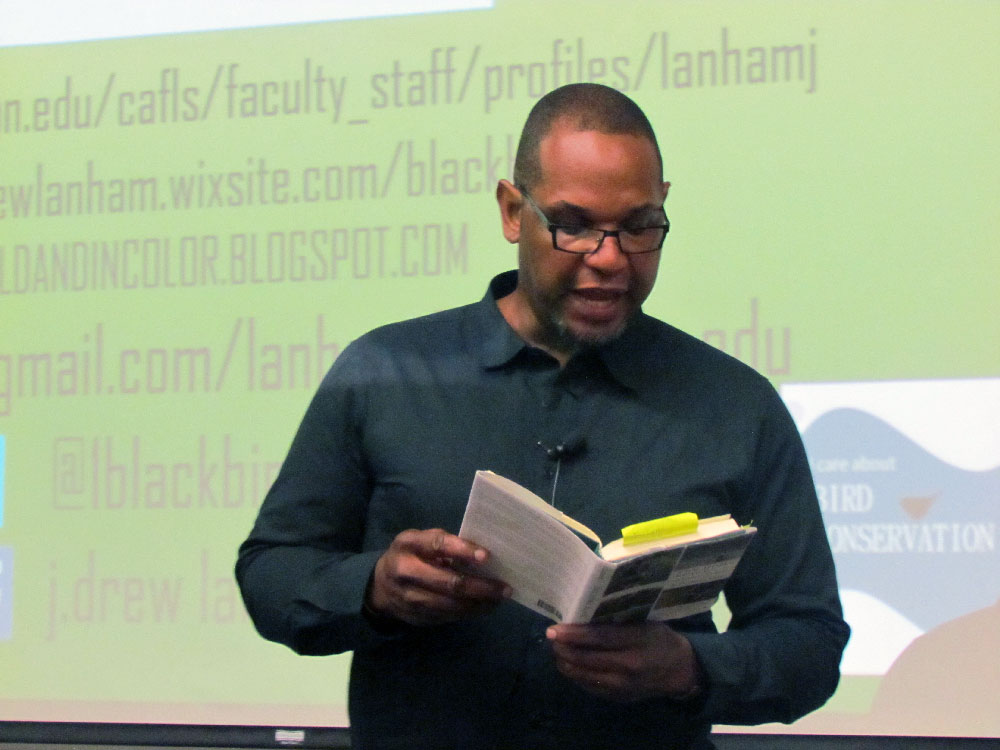

The talk focused on “range mapping” for both people and birds. Dr. Lanham compared the ways in which environmental factors–weather conditions for birds or political climate for humans, for example–can open up or limit the expansiveness of individual range maps.
On Wednesday, Rochester Birding Association member Greg Lawrence led Dr. Lanham and Zoo staff on a bird watching expedition at Ontario Beach Park and Braddock Bay.
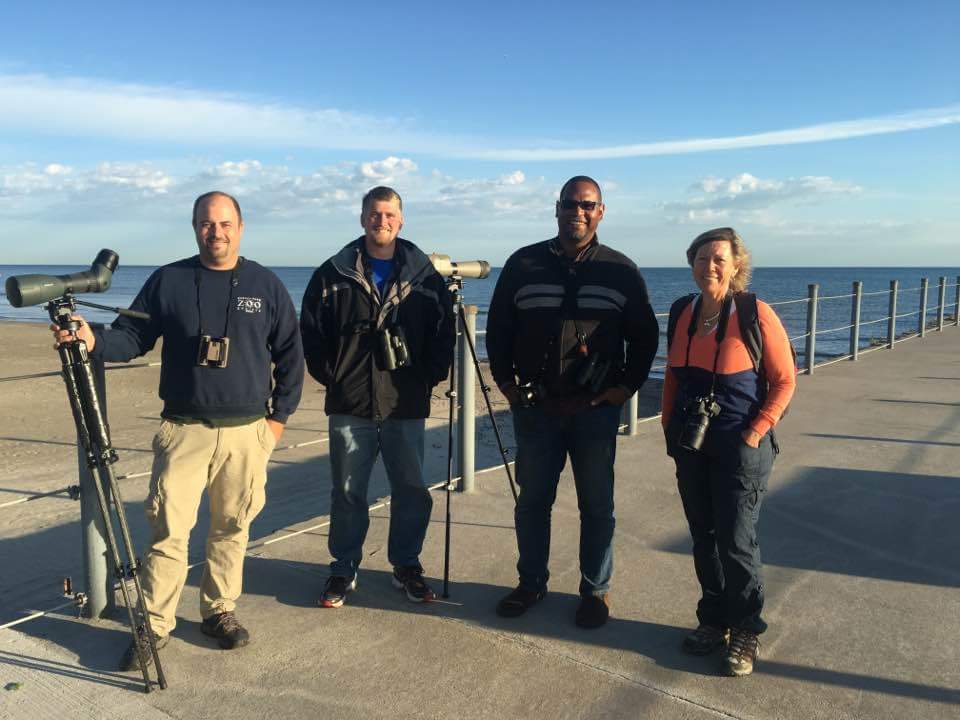

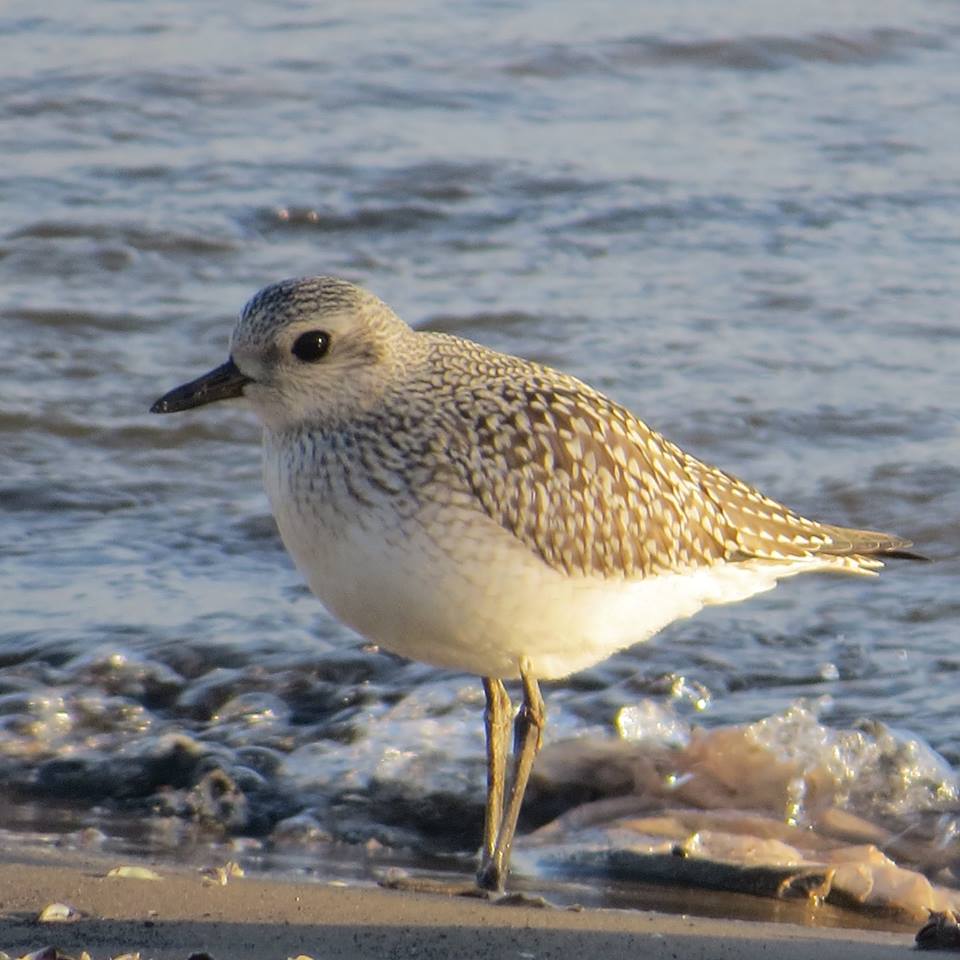

The Zoo Society thanks Dr. Lanham for bringing his unique perspective to Rochester for a few days, and looks forward to continuing the conversation. We look forward to partnering with Dr. Lanham in the future and know he’ll be back in Rochester soon!
Top image courtesy of Clemson University